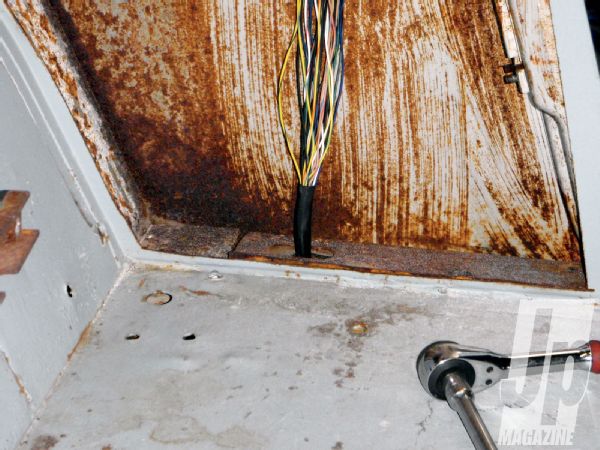
Hey guys, it's me, Randy. I was recently trying to attach a disco ball to the pole in the back of Joy's old Suburu and needed to run a wire for the motor in the ball and lights. I decided to hook it into the dome light circuit and I was using this new high-heat-shrink tubing that I think is perfect for the job.
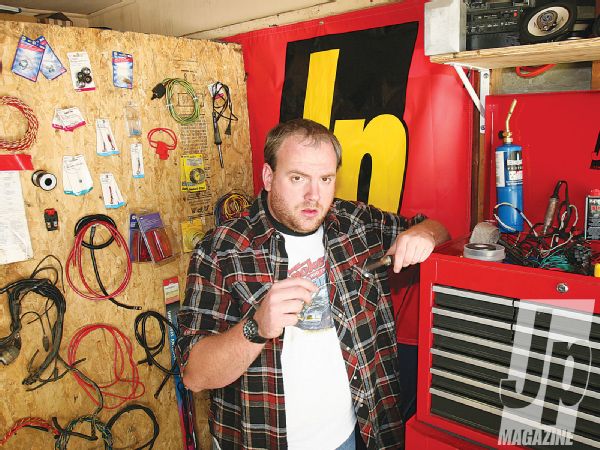
Way back at the beginning of this column, I talked about soldering being my favorite method of attaching two wires. I talked about how to solder and then how to seal the joint with shrink tubing. A reader actually wrote in because I led you to believe that heat shrink tubing will make the solder joint waterproof. After taking many soldered connections apart to add or modify them, the solder and wire both looked good, even if it was outside the Jeep.
However, technically, the reader did have a point. There is such an animal as waterproof heat-shrink tubing; it includes an adhesive inside it that seals itself around the wire insulation and solder joint, making it as waterproof as it was before you cut into it. And for sensitive wires or wires in really bad locations, waterproof shrink tube might be for you. When I do get waterproof stuff, I get it from cableorganizer.com. It is more expensive than regular shrink tube, but I am not that rich.
But that is not what this article is about. I just felt that since I was on the heat-shrink tubing subject I should mention there is another alternative. I now use nothing but DEI hi-temp shrink tubing. They basically have taken shrink tubing to the next level. The tubing shrinks one third of its original size (compare to only about one half for the stuff I can get locally). Also, the wall thickness is thicker than the shrink tubes that I used to use.
That's great, but the selling point for me was the temperature range they remain flexible at: negative 67 degrees to 275 degrees. Most regular shrink tube will start to melt or come loose around 215 degrees, and this stuff works better under the hood of a Jeep; I get it from Summit Racing. It is actually cheaper than what I can find locally-I just have to plan ahead a little more.
Because it shrinks down to a third of its original size, it is great for joining two or more wires into one. This was an experiment where I got seven 14-gauge wires attached to one, and the heat shrink was able to squeeze them all tightly.
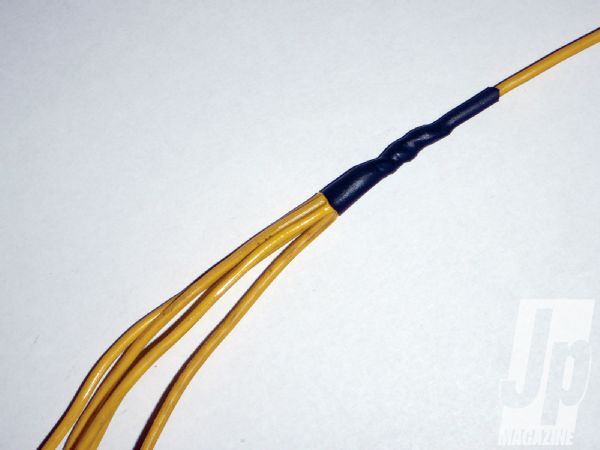
When I've had broken connections in the past, it was because the wire broke right at the solder joint. If I had fastened it down well, that probably would not have happened. But let's face it, a Jeep really isn't a great place for a wire. The multiple, flexible strands move, but the solder doesn't, so the copper wire can work-harden and break. The increased shrinkage and thicker walls of the tubing should hold the whole thing tighter and protect longer from chafing.
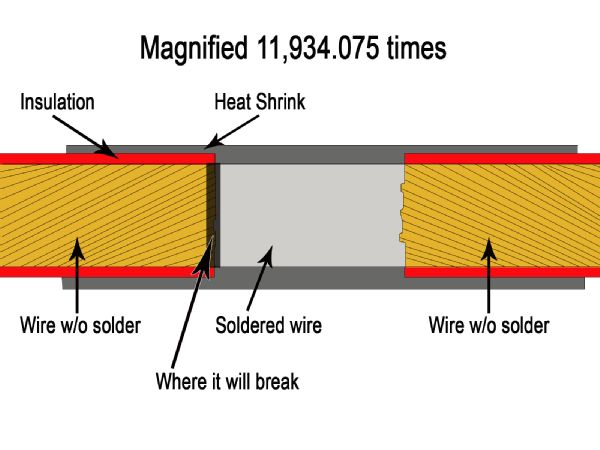
When I cut my shrink tube, I cut it so that it is about double the length of the exposed wire area. So if I've got one inch of exposed wire that I want to solder, I cut off two inches of shrink-tubing, making sure to have 1/2-inch on either side of the exposed wire. Normally my solder joints aren't that big, but you get the idea.
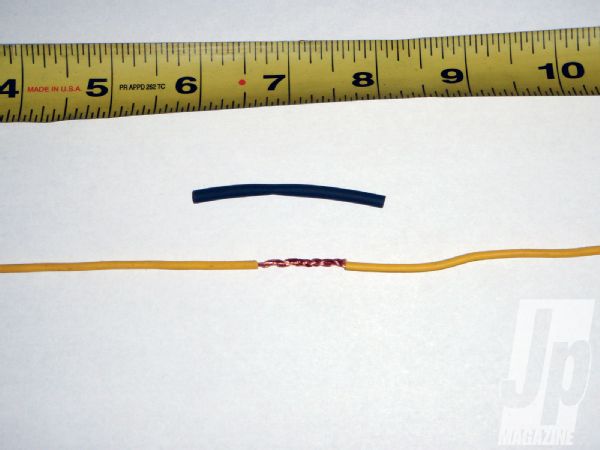
I have also started to use larger diameter heat-shrink-tubing to organize my wires, which protects them from chafing when fastening to sheet metal or going through holes. The 9mm, 12mm, 18mm, and 24mm sizes work great for this; I use about an inch to protect from zip ties and two inches to go through sheet metal holes.
